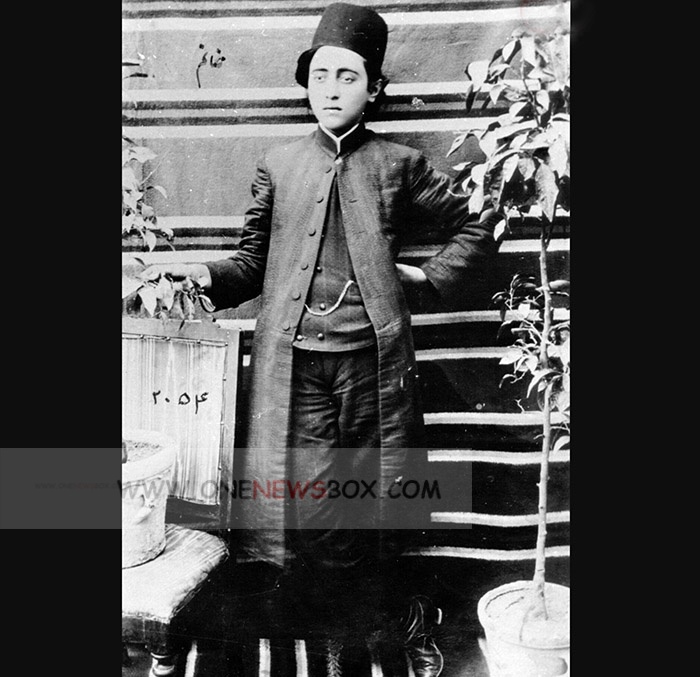There was virtually bankrupt, its central government was weak, and its provinces were almost autonomous. During the next two and a half years Amir Kabir initiated important reforms in virtually all sectors of society. Government expenditure was slashed, and a distinction was made between the privy and public purses. The instruments of central administration were overhauled, and the Amir Kabir assumed responsibility for all areas of the bureaucracy.
Today, these images are of great interest to historians, art scholars, and gender researchers. They invite questions about identity, power, and visibility in 19th-century Iran. Far from being mere curiosities, they represent an early visual dialogue about gender and self-presentation — themes that continue to resonate in Iranian art and photography today. Exhibitions and archives such as those at the Golestan Palace, the Harvard Art Museums, and various private collections have preserved and studied these rare portraits, offering a glimpse into a lesser-known layer of Qajar visual culture.

